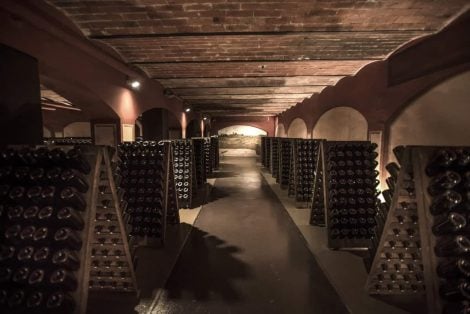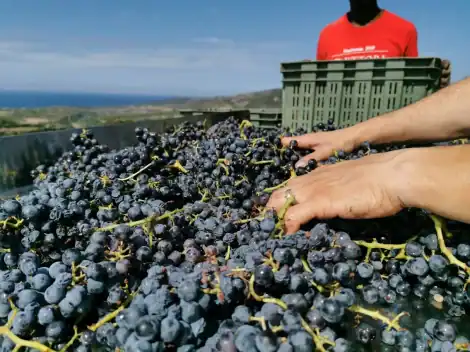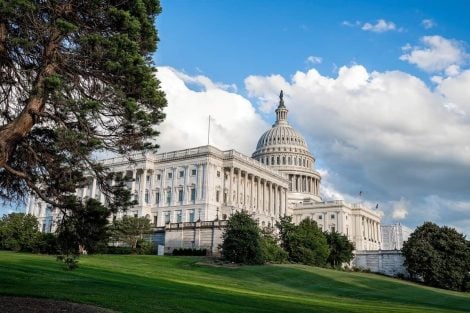Alcohol-free cocktails
Is it possible to reconcile health, lightness and taste with tradition? Apparently yes, and it is precisely this that in the world of mixology is illuminating the trend of Low and No Alcohol Cocktails. There is an old adage, a joke played on students in bartending schools when they first start attending courses. To the question: what is the most drunk cocktail in the world? The teacher's provocative answer is: cappuccino. If, of course, the answer aims to surprise, it should not be considered completely inaccurate and strictly provocative. In fact, starting from the assumption that cocktails are beverages obtained through a proportionate and balanced mixture of different liquids, a cappuccino can in effect be considered as a hot non-alcoholic cocktail, made with two ingredients (milk and coffee). Beyond pure provocation, however, none of us would seriously classify cappuccino among cocktails, no one would read it as such in daily consumption habits; but the question, at this point, is: why not?
What defines a cocktail?
To make a cocktail, it's not enough to mix two liquids, there needs to be context, technique and dexterity of not just your average "daytime bartender," but of a professional. If all this seems obvious, it is because we automatically apply the defining criteria to the world of alcoholic cocktails, for which the perceived quality in recent years has risen significantly. However, let's try to shift the reflection to the non-alcoholic category which remains linked to a concept of commodity product, relegated to drivers and pregnant women and usually made with sweet juices and syrups. Instead, in a silent but constant way, this sector is also experiencing a veritable revolution: and it does so in a progressive crescendo of technique, ingredients and also of requests from increasingly demanding and curious customers.
The birth of alcohol-free drink
One of those strict rules that are usually used for matching intrinsically different worlds (for example wine and food for pairings, or, as in this case, alcoholic and non-alcoholic) establishes that one can choose to do so "by similarity or by contrast." Non-alcoholic cocktails have their historical roots by following these two main trends: to resemble the most famous alcoholic drinks and provide a valid substitute for those who cannot take advantage of them, or to counteract the spread of alcohol and block its growth and spread. If we look at the historical recipe books, in fact, almost all of these contain some hint of drinks or syrups, but without particular attention, more as a complement of information than as an independent element. Paradoxically (but not so much, really) it was precisely Prohibition that encouraged the creation of recipe books and public spaces dedicated to non-alcoholic drinks and their diffusion. In fact, between the end of the 19th century and the beginning of the 20th century, the fight against alcoholism, especially in English-speaking countries, caused the birth of the most varied solutions to restore "righteousness" to the habits of consumers (and counter the issue of alcoholism) such as the Gin Acts issued by the British government between 1729 and 1751 to limit the consumption of gin among the working classes. If American Prohibition is famous, which ended only in 1933, earlier initiatives in this sense had become increasingly numerous and not only in the United States.
Alcohol-free bars
Even if by now historical memory appears lost on the topic, England had, between the end of the 19th and the beginning of the 20th century, so-called Temperance Bars (synonym at the time for sobriety, moderation), also known as Alcohol-free Bars, Sober Bars or Dry Bars. This type of establishment did not serve alcoholic beverages, and it is precisely in places like these that many recipes for Mocktails developed: here there was fertile ground for the development of soda drinks, such as Coca Cola (which saw its first European market in these very bars) and for lesser-known drinks such as Cream Soda, Dandelion and Burdock, and Sarsaparilla. These places, also thanks to the support of some religious groups such as the Methodists, had great development and popularity at the time and became a symbol of a lifestyle. If all this seems to be part of the distant past, it may be interesting to discover that the Fitzpatrick Herbal Health in Rawtenstall, one of the first and most original temperance bars, has survived to this day. The Lancashire venue, firstborn of a reality that in its heyday had come to count as many as 24 family-run shops throughout the region, is still offering soft drinks, herbal remedies and bottles of cordials.
You can read the full article on Wine Travel Food, July/August issue
by Federico Silvio Bellanca, photos by Michele Tamasco

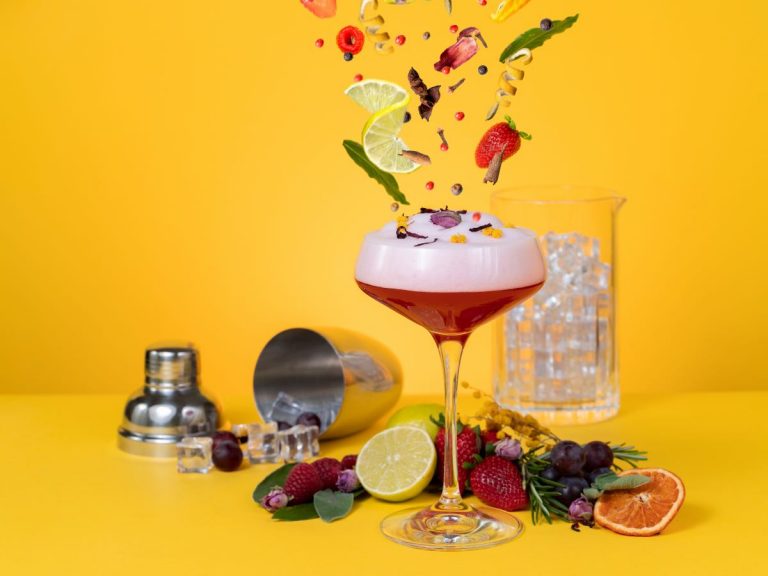
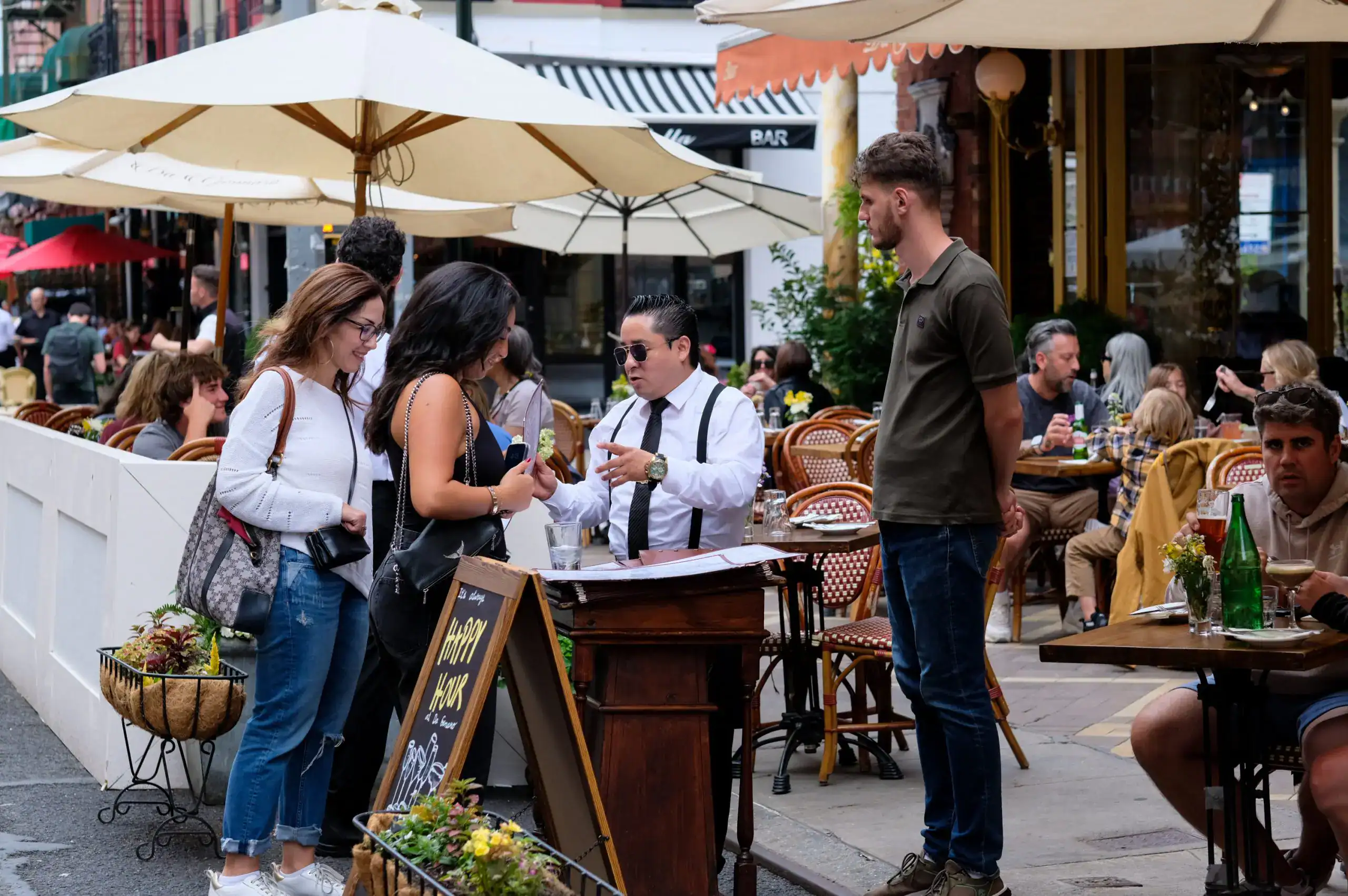 Little Italy in New York is Italian in name only. The disastrous effects of mass tourism
Little Italy in New York is Italian in name only. The disastrous effects of mass tourism "Trump is bullying Europe. With US tariffs at 30%, the consequences will be similar to the methanol crisis." Marco Caprai’s warning
"Trump is bullying Europe. With US tariffs at 30%, the consequences will be similar to the methanol crisis." Marco Caprai’s warning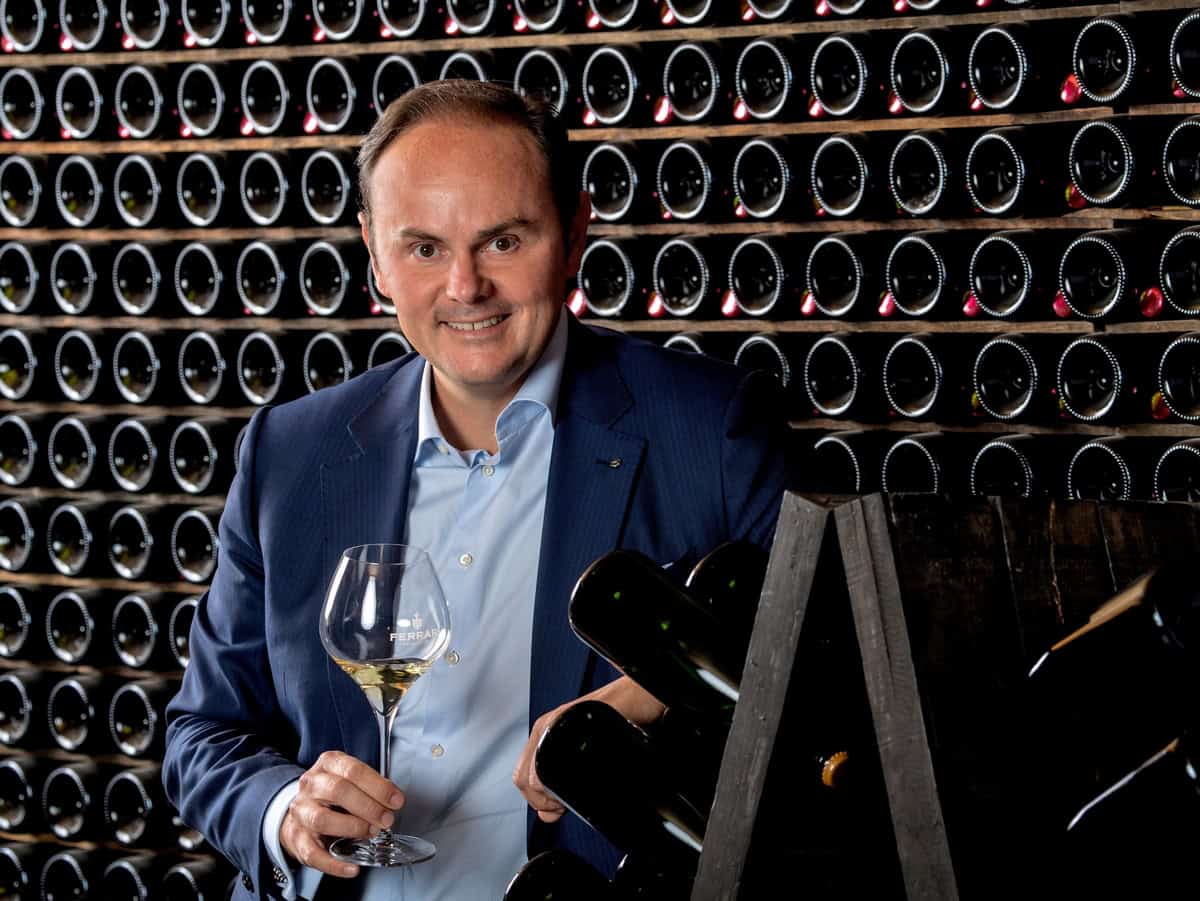 "Trump's tariffs? It's no longer time to be diplomatic. Europe must respond firmly." Matteo Lunelli speaks
"Trump's tariffs? It's no longer time to be diplomatic. Europe must respond firmly." Matteo Lunelli speaks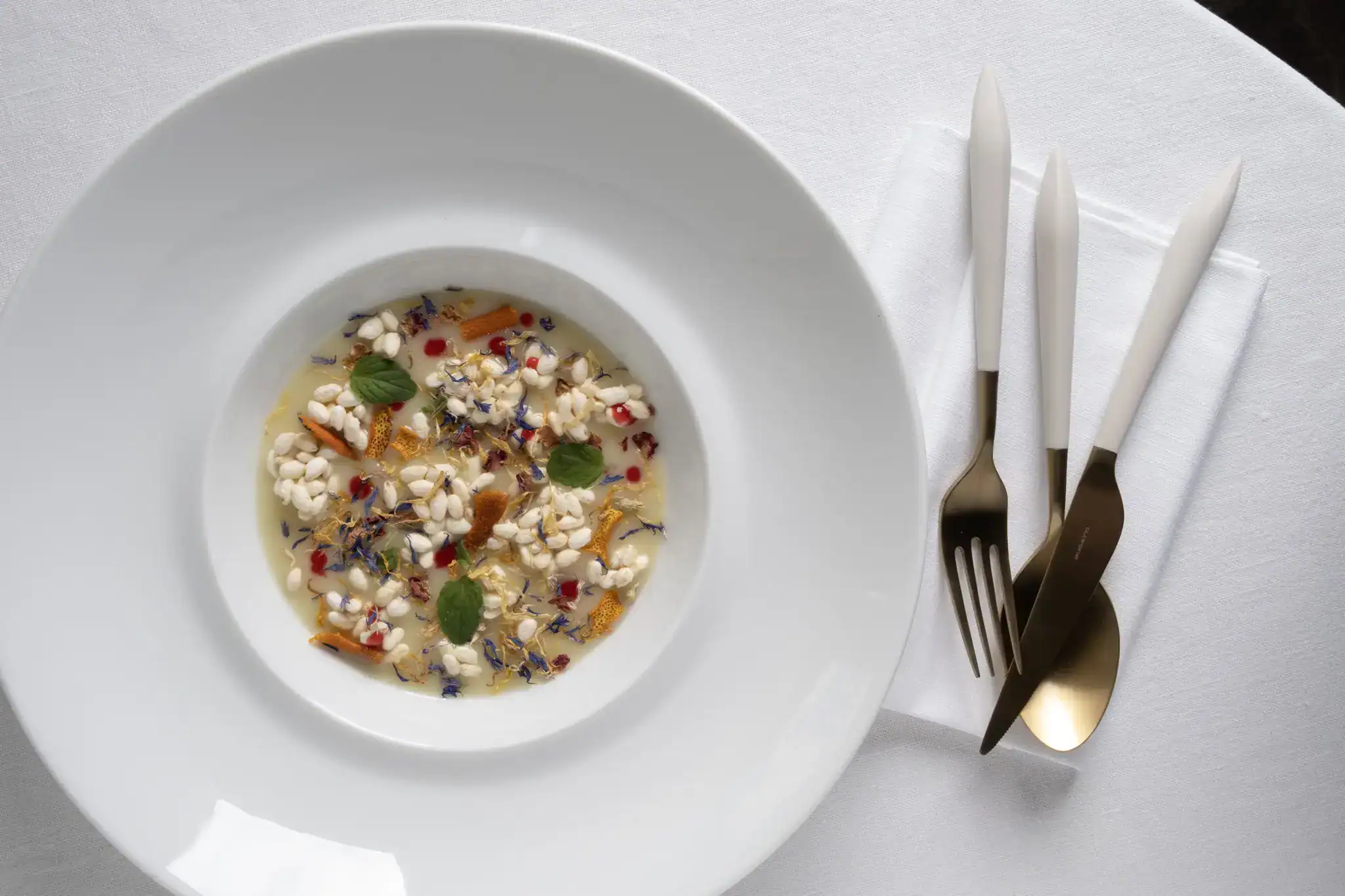 The Michelin star king of Liguria opens a new restaurant: here is Luv by Mauro Ricciardi
The Michelin star king of Liguria opens a new restaurant: here is Luv by Mauro Ricciardi